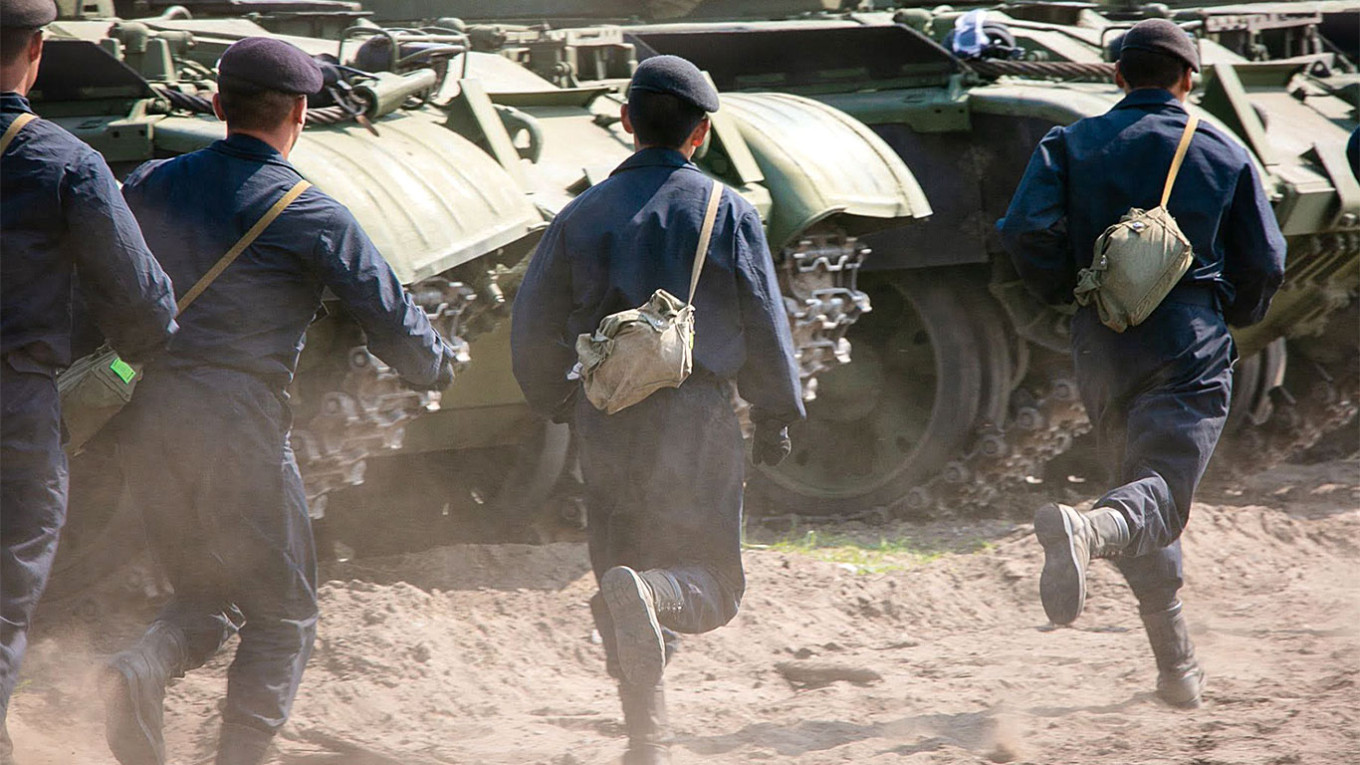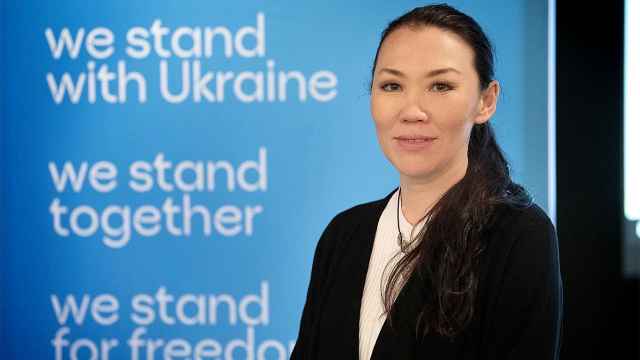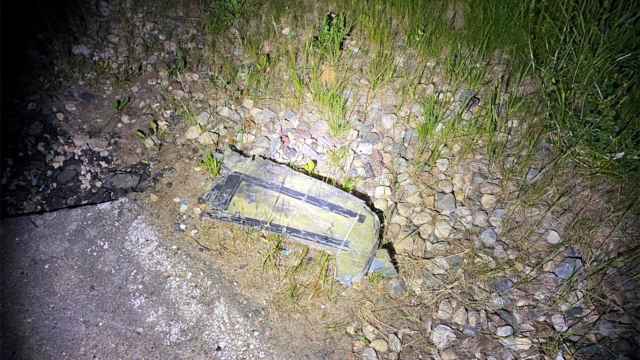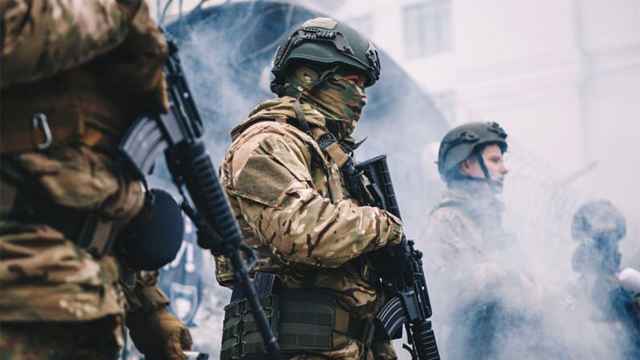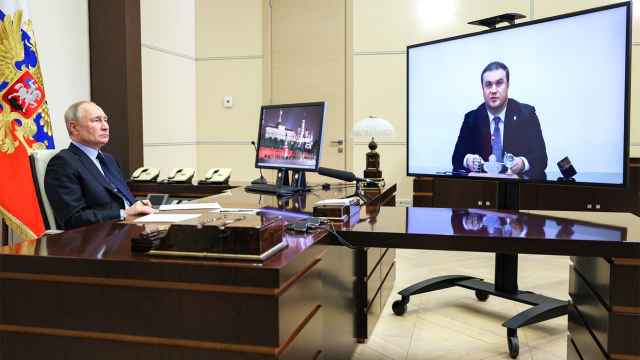Russia’s ethnic minorities continue to suffer outsized fatalities in the country’s two-year war in Ukraine, a trend that analysts warn will have long-term destructive impacts on these communities.
Though ethnic Russians comprise the majority of deaths in absolute terms, Russia’s non-Slavic minorities and indigenous peoples are greatly overrepresented among the casualties relative to their share in the country’s population, ongoing research shows.
“The most dire situation is … with indigenous small-numbered peoples of the north who should be [legally] exempt from military service altogether,” U.S.-based Buryat scientist Maria Vyushkova, who is leading the research, told The Moscow Times.
“This is a terrible tragedy that no one is talking about. … In one generation, these nations will simply disappear.”
Russian indigenous and minority activists have long warned that the Kremlin is banking on using the country’s non-Slavic population as cannon fodder in its protracted quest for capturing Ukrainian territories.
Data provided by Vyushkova shows that their worst projections have materialized.
The outsized losses are the result of a combination of factors such as disproportionate mobilization of ethnic minorities, regional inequalities, structural discrimination and the Kremlin’s efforts to minimize discontent among the country’s politically active Russian majority, Vyushkova said.
The Russian military last updated its wartime death toll in September 2022, placing the figure at under 6,000 killed.
In place of official data, the BBC and Mediazona have been verifying the number of Russian troops killed in Ukraine using publicly available data from media reports, social media and regional officials’ statements.
According to their tally, at least 45,123 Russian soldiers have been killed in the two years since the Kremlin ordered its troops over the Ukrainian border.
Together with indigenous activists and volunteers, Vyushkova takes this research a step further, using available information to identify the ethnic identity of deceased soldiers.
One’s last and first name, place of birth and the language in which their obituary is written can all offer hints to their ethnic origin.
“Ethnicity is about self-identification,” Vyushkova said. “We can’t ask the person [about their belonging] because they are dead and their relatives wouldn’t want to talk to us either. In this case, the only option is to survey members of the same ethnic group and [see] whether they would identify this person as their own and why.”
Buryats, a Mongolic ethnic group native to southeastern Siberia, are most overrepresented among Russia’s war casualties, closely followed by Tyvans, Kalmyks, Chukchis and Nenets peoples, according to data provided by Vyushkova.
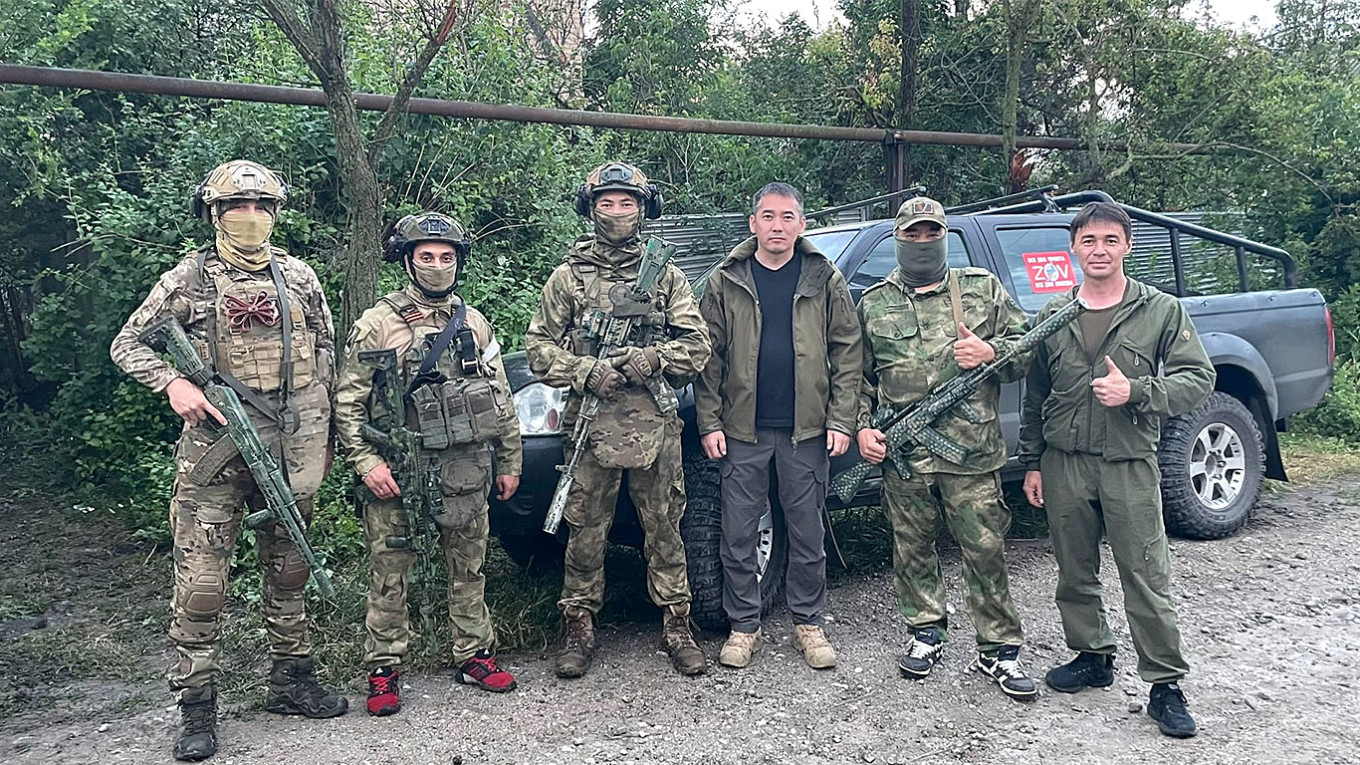
Buryats amount to 1.16% of all identified casualties on the Russian side despite comprising just 0.3% of Russia’s total population.
Chukchis, together with other indigenous small-numbered peoples of Russia’s easternmost Chukotka autonomous region, comprise 0.09% of war casualties, while their total population stands at just 17,044 people — less than 0.01% of Russia’s populace.
In contrast, ethnic Russians make up just over 70% of all casualties, while comprising more than 80% of the country’s population.
Residents of the republic of Buryatia were some of the first to witness mass funerals of soldiers killed fighting in Ukraine.
The region continued to rank as one of the regions with the most deaths relative to population and per 10,000 working-age men.
“The massive share of Buryatia’s residents of all ethnicities among those killed in the first week of the war is explained by the fact that those were contract soldiers already enlisted in the army at the time,” said Vyushkova. “They were thrown in head first to storm the Kyiv and Kherson regions.”
After reaching its peak in the first few months of the invasion, the number of casualties from Buryatia has decreased, though it still exceeds the region’s share of Russia’s population.
“Multiple factors play into this … Buryatia has a lot of military bases and few other jobs for young men,” Vyushkova said, noting that a disproportionate number of reservists from Buryatia were also drafted during Russia’s September 2022 “partial” mobilization.
Eyewitness reports from Buryatia suggest that local men were dragged out of their houses and taken to military enlistment offices in the middle of the night.
Activists estimate that as many as 5,000 men received a military summons in the first 24 hours of the mobilization drive alone.
Similar scenes were reported in rural areas elsewhere in the country, including villages of Siberia and the Far East that are inhabited by indigenous groups whose total global population amounts to fewer than 50,000 members.
In Gvasuki, a remote village in the Far East Khabarovsk region with a population of 210, as many as 14 men, or 11.5% of its entire male population, were drafted to fight in Ukraine, according to information obtained by journalist and indigenous Itelmen activist Dmitry Berezhkov.
“[For the Kremlin] this is a way of minimizing political risks: Conducting this war using groups which the average politically active Russian citizen won’t feel sorry for,” said Vyushkova.
She noted that authorities are also doubling down on efforts to enlist migrants and recently naturalized natives of Central Asian countries into the Russian army amid widespread racism and anti-migrant sentiment.
“There are also elements of regional and economic inequality [that play into this]. But, when considering them, we need to ask ourselves, 'Where do they really originate and why is it accepted as a norm that an indigenous person must be poorer [than a Russian]?’” Vyushkova added, referring to the fact that some men from indigenous and minority communities choose to enlist in the army in search of a stable income.
As Russia’s war in Ukraine drags into its third year, local officials appear to be struggling to recruit of military volunteers for the frontlines.
Already in summer 2022, officials in Buryatia failed to recruit the necessary number of local volunteers to form the Baikal regional battalion and were forced to hunt for men outside of the region.
The battalion was likely dismantled after sustaining large battlefield losses in October 2022, according to media reports.
And in the republic of Sakha, leaked recordings of closed-door government meetings released by the Free Yakutia Foundation in November 2023 confirmed that the region failed to meet Kremlin-assigned military enlistment quotas for the year, recruiting the lowest number of volunteers of all regions in Russia’s Far Eastern Military District.
Although Russia’s ethnic republics are struggling to find people to go to the frontlines, the “horrific,” destructive impacts of the war on Russia’s indigenous and minority peoples can no longer be reversed, Vyushkova warns.
“As a person who left Buryatia, I understand that people most affected by the war and mobilization are those who remained [in the republic], those who were meant to be the backbone of the nation’s futures and the gatekeepers of ethnic and regional identity are dying in this war,” said Vyushkova.
“That is truly horrifying.”
A Message from The Moscow Times:
Dear readers,
We are facing unprecedented challenges. Russia's Prosecutor General's Office has designated The Moscow Times as an "undesirable" organization, criminalizing our work and putting our staff at risk of prosecution. This follows our earlier unjust labeling as a "foreign agent."
These actions are direct attempts to silence independent journalism in Russia. The authorities claim our work "discredits the decisions of the Russian leadership." We see things differently: we strive to provide accurate, unbiased reporting on Russia.
We, the journalists of The Moscow Times, refuse to be silenced. But to continue our work, we need your help.
Your support, no matter how small, makes a world of difference. If you can, please support us monthly starting from just $2. It's quick to set up, and every contribution makes a significant impact.
By supporting The Moscow Times, you're defending open, independent journalism in the face of repression. Thank you for standing with us.
Remind me later.



